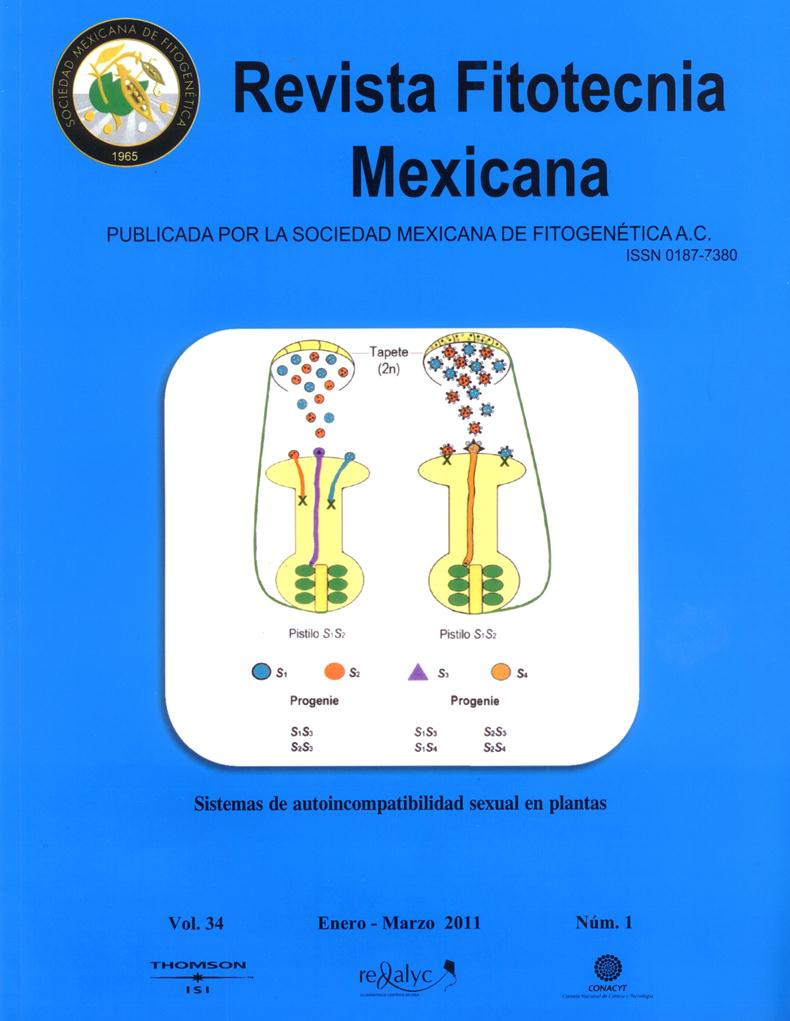EFFECT OF SALINITY ON TWO GRAFTED OR UNGRAFTED GRAPE ROOTSTOCKS
Main Article Content
Abstract
Tropical viticulture is developed in low humidity areas, where irrigation water frequently has medium to high salinity. The purpose of this study was to evaluate the response to salinity of the rootstocks ‘Criolla Negra’ and ‘Villanueva’, either grown on their own roots or grafted. The plants were grown in 5 L pots filled with silica sand, and irrigated with solutions of NaCl + CaCl2 (1:2) adjusted to electrical conductivities (EC) of 0.75 (control), 2.25, 3.75, 5.25, and 6.75 dS m-1. The plant materials and saline levels were arranged in a factorial set of treatments in a complete randomized design, with five replications and two plants per plot. Salinity affected the vegetative growth starting at EC values from 2.25 to 3.75 dS m-1. Plant growth under high salinity was only 1/3 of its potential, with associated decreases in root length density, of 38 % in root specific length, of 64 % in shoot biomass, and of 58 % in root biomass. The root/shoot ratio increased as saline level was higher. ‘Criolla Negra’, either grafted or on its own roots, was more affected at higher EC than ‘Villanueva’, and survival of rootstocks on their own roots was higher than in grafted materials. Leaf chlorophyll and photosynthetic quantum yield decreased as the saline dose increased. ‘Villanueva’ showed the highest proline content and averaged highest biomass and root lenght. The levels of K, Ca, Na and Cl tended to increased with saline levels. Graft growth was only 2/3 of ungrafted rootstocks. The plant physiology was affected at low values of EC (0.75 to 2.25 dS m-1) but vegetative growth was affected only at higher values of salinity (EC: 2.25 to 3.75 dS m-1).

